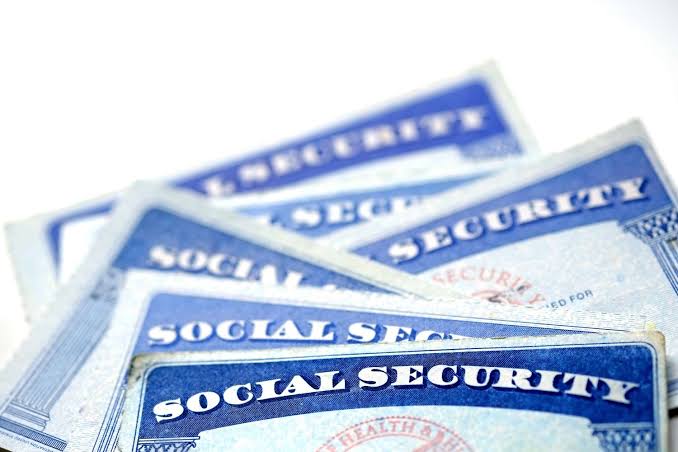In a headline-grabbing move that could leave many Americans with thousands more in their pockets, House Republicans have introduced a sweeping new tax proposal backed by Donald Trump. Titled “The One, Big, Beautiful Bill,” this legislation promises to boost standard deductions by as much as $24,000, make the Trump-era tax cuts permanent, and deliver a wave of new tax breaks—but only for some. So, are you in the group that could cash in on this tax windfall, or are you left behind?
Let’s unpack exactly what’s inside this bill, who could gain the most, and why critics are sounding the alarm about what it could cost the rest of the country.
What’s in the Bill?
The centerpiece of the GOP’s proposal is a major increase in the standard deduction:
-
$16,000 for individual filers
-
$24,000 for heads of household
-
$32,000 for married couples filing jointly
That’s up to $8,000 more per taxpayer category compared to current levels. These increases would kick in starting in 2025 and last through 2029—just four years—unless extended again. For everyday taxpayers, this means a larger portion of your income would be tax-free, potentially lowering your federal income tax bill and increasing your refund.
But that’s not all. The bill also aims to:
-
Make the 2017 Trump tax cuts permanent, which are currently set to expire.
-
Expand the Child Tax Credit from $2,000 to $2,500 per child starting in 2025 (then back to $2,000 after 2029).
-
Offer new deductions for tipped income, overtime pay, Social Security benefits, and even interest on loans for U.S.-assembled vehicles.
If passed, it would reshape the tax code for years—especially for working families and businesses.
Who Benefits?
This bill is particularly advantageous for:
-
Middle-income households who don’t itemize deductions.
-
Parents, thanks to the expanded Child Tax Credit.
-
Hourly and tipped workers, who may now deduct more from their taxable income.
-
Car buyers, especially those financing American-assembled vehicles.
In other words, if you work in hospitality, retail, or service industries—or if you’re raising children on a modest income—you could see real savings. Married couples and heads of household will especially benefit from the expanded deductions, giving them more breathing room during tax season.
But There’s a Catch: How Will It Be Paid For?
While the bill’s tax breaks are grabbing headlines, the cost is enormous—estimated at $4.9 trillion over the next decade. To offset that, Republicans propose major spending cuts across key social safety net programs:
-
Medicaid and SNAP (food stamps) would see reduced funding, potentially disqualifying millions.
-
Green energy tax credits and EV subsidies would be eliminated.
-
Work requirements for benefit recipients would become stricter, affecting eligibility for low-income aid.
That’s why critics argue the bill shifts the burden onto America’s most vulnerable, while protecting high earners and corporations.
And while Trump had once suggested raising taxes slightly on millionaires to help pay for middle-class relief, this bill skips that entirely—leaving the top tax rate at 37% for people earning over $2.5 million per year.
What Happens Next?
The bill is now working its way through House committees, with House Speaker Mike Johnson targeting Memorial Day for a floor vote. Expect heated debates as lawmakers weigh popular tax cuts against potential deep cuts to federal aid programs.
If you’re a taxpayer, you may want to run the numbers now. This bill could dramatically change your tax return starting in 2025. But it may come with long-term trade-offs for federal services, especially for low-income Americans.



